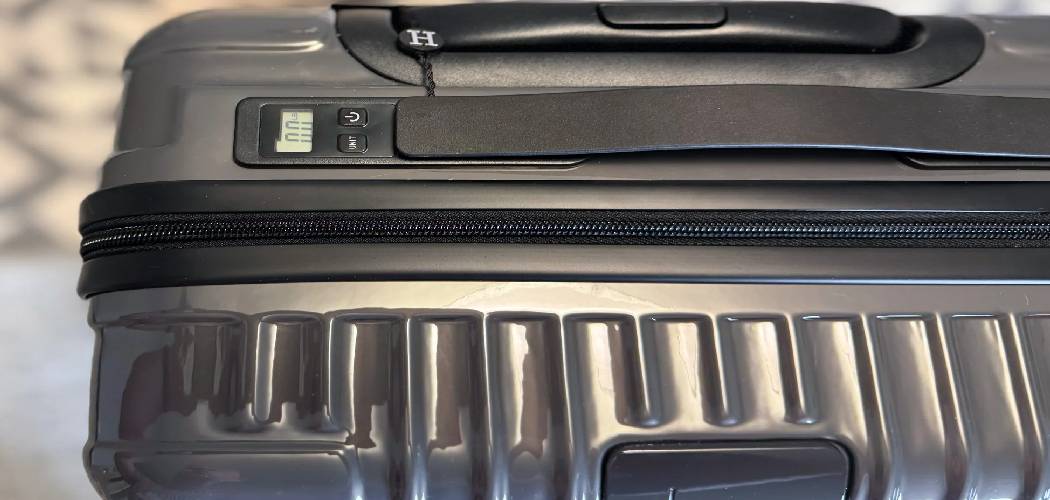BEIS locks are versatile and reliable security devices that protect doors, cabinets, safes, and other valuables. Known for their durability and efficiency, these locks provide a dependable barrier against unauthorized access. Understanding how to set BEIS lock properly is crucial to maximizing its security potential while ensuring ease of use.
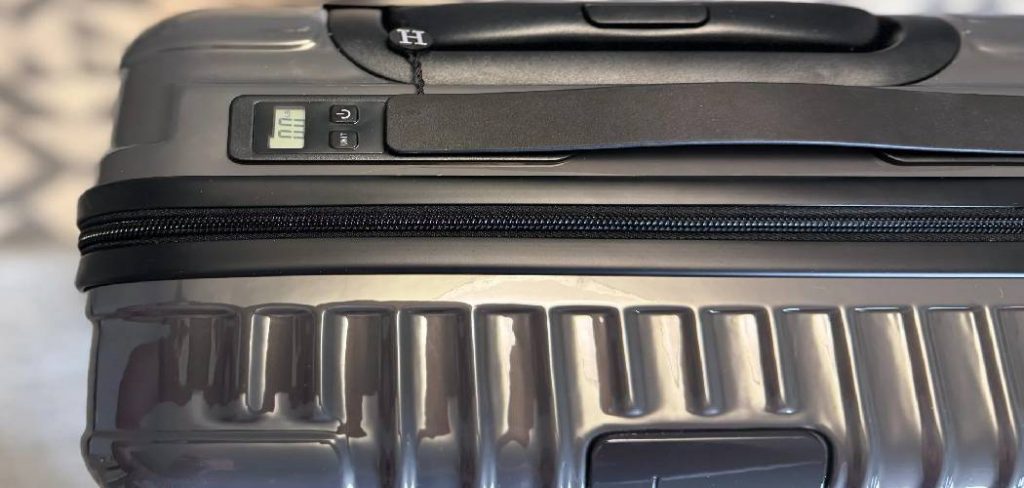
Properly setting the lock helps prevent tampering and ensures only authorized individuals have access. This article is designed to provide clear, step-by-step instructions on setting a BEIS lock safely and efficiently. Whether you’re using it for personal safety or to secure essential belongings, following these guidelines will ensure your lock functions effectively and reliably for years to come.
Understanding the BEIS Lock Mechanism
Types of BEIS Locks
BEIS locks are designed to cater to various security needs and come in three primary models: combination, key-operated, and digital locks. Combination locks utilize a rotating dial or a set of wheels to align a predetermined sequence of numbers or symbols, granting access.
Key-operated locks rely on traditional keys to engage or disengage the locking mechanism, making them a familiar choice for many users. Digital locks, on the other hand, incorporate electronic components and keypads, often offering added convenience with features like programmable PIN codes or biometric access.
How BEIS Locks Work
The inner workings of BEIS locks vary based on their type. Combination locks function with a series of tumblers that must be aligned in a specific order to release the lock. Key-operated locks employ a series of pins and a corresponding key cut to perfect precision to unlock.
Digital models often utilize advanced circuitry and sensors to authenticate input, controlling the locking mechanism electronically. All BEIS locks are engineered for reliability and precision.
Security Features
BEIS locks stand out for their robust security features. Many models boast anti-picking technologies, hardened materials, and weather-resistant construction to ensure durability. Digital locks often include advanced encryption and tamper alerts, offering an added layer of security for safeguarding possessions.
Tools and Materials Needed
When installing or troubleshooting a BEIS lock, having the right tools and materials on hand is essential for a smooth and efficient process. Below is a list of items you may need:
Essential Tools:
- Screwdriver (appropriate size and type for your lock model)
- User manual for guidance and reference
- Reset key or code, if applicable to your lock model
Optional Tools That Can Help:
- Lubricant for smoother operation, especially in older or weathered locks
- Small flashlight to improve visibility in tight or dimly lit spaces
Safety Considerations Before Starting the Process:
Always ensure the working area is well-lit and clear of hazards. Avoid using excessive force during installation or adjustments to prevent damage to the lock and surrounding surfaces. If using a lubricant, take care to avoid over-application, which can attract dust or debris. For electronic locks, ensure your hands are dry and avoid exposing components to moisture.
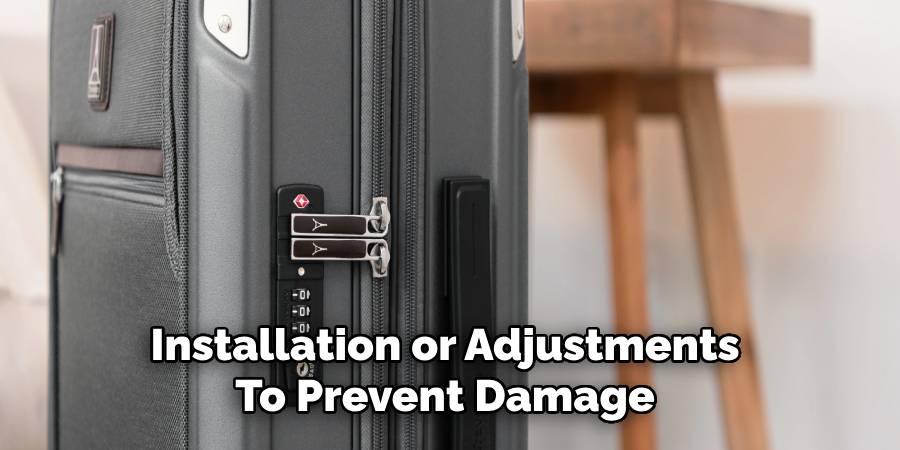
How to Set Beis Lock: Step-by-Step Guide
Locating the Reset Button or Lever
The first step in setting your BEIS combination lock is identifying the reset button or lever. This feature is typically located on the bottom or side of the lock, depending on the specific BEIS model. For some models, you may need to open the shackle first to access the reset mechanism. Always refer to the user manual for precise instructions on where to find it for your lock.
Entering the Current Combination
Before resetting the lock, you must enter the existing combination. This step is crucial as it unlocks the reset mechanism and ensures the lock is ready for reconfiguration. If you do not know the current combination, consult the manual for retrieval options or contact customer support. Entering an incorrect combination during this step may prevent the reset process from being initiated.
Resetting the Combination
Once the reset button or lever is located and the current combination is entered, press or hold the reset mechanism as instructed by the lock’s manual. Typically, you must rotate or push the shackle into a specific position to activate the reset mode.
Then, carefully enter your new desired combination by turning the dials. It’s essential to select a secure and easy code to remember while avoiding sequential or repetitive characters for added security.
Testing the New Code
After you’ve set the new combination, release the reset button or lever to finalize the process. Before closing the lock or securing it to your belongings, test the new code several times to ensure it works correctly. Spin the dials to scramble the code and then re-enter the new combination to unlock it. This step is critical to prevent complications later.

Troubleshooting Common Issues
If the reset procedure doesn’t work or the lock fails to unlock, double-check that you followed all instructions accurately. Ensure the reset button or lever fully engaged and the correct original combination was used.
If the lock jams or the mechanism feels stuck, apply a small amount of lock lubricant and gently try again. Should issues persist, it’s advisable to contact BEIS customer service for assistance or consult a professional locksmith.
Step-by-Step Guide to Setting a BEIS Key-Operated Lock
Inserting the Key
Locate the key provided with your BEIS lock to begin the setup process. Ensure that the key matches the lock by checking its serial or identification number. Insert the key into the lock’s keyhole with the notched side facing downward, aligning it with the grooves inside the cylinder.
Once fully inserted, gently turn the key in the specified direction—typically clockwise—until it reaches the programming position. A slight resistance or a click often indicates this position. Do not force the key if it doesn’t turn smoothly; double-check that it is inserted correctly.
Changing the Key or Lock Settings
If your BEIS lock supports rekeying or resetting settings, consult the instructions in your product manual for specific directions. Generally, once the key is in the programming position, you can adjust the lock.
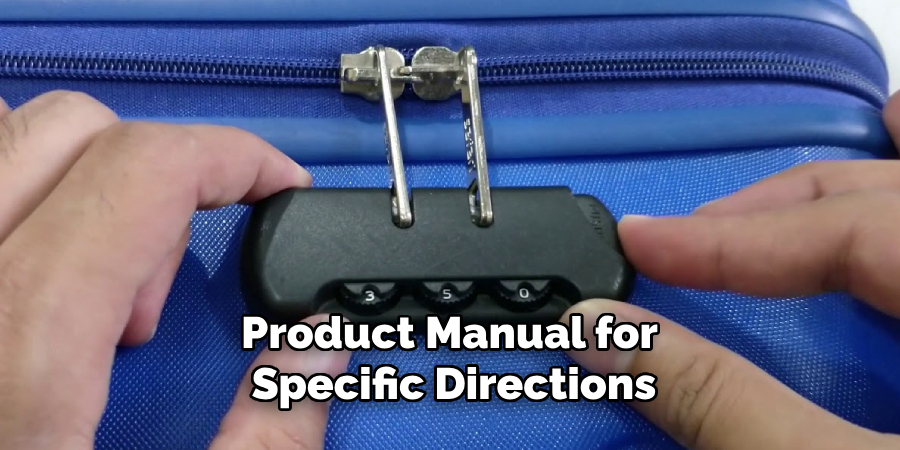
You may need a specific rekeying tool or replacement key set, as outlined in the manual for rekeying. Follow the steps carefully to change the key or reset the lock settings, ensuring each action is completed fully before proceeding to the next step.
Testing the Lock Operation
After completing adjustments, return the key to its original position and remove it from the lock. Test the operation by reinserting and turning the key to ensure it moves smoothly and that the lock mechanism engages and disengages as expected.
If there are any issues, repeat the steps to ensure everything is set correctly. Always test multiple times to confirm the lock is secure and functioning correctly.
Maintenance Tips for BEIS Locks
Proper maintenance of your BEIS locks ensures they remain functional and secure for years to come. Follow these tips to keep your locks in optimal condition.
Regular Cleaning
Clean the lock and keyhole periodically to prevent dirt and debris from causing jams. Use a soft, dry cloth to wipe down the lock’s exterior. For the keyhole, gently insert a clean, dry toothbrush or a can of compressed air to remove dust and particles. Avoid using water or harsh chemicals, as these could lead to rust or internal damage.
Lubrication
Lubricating your lock is essential to maintaining smooth operation. Use a high-quality graphite-based or silicone lubricant, as these are less prone to attracting dust compared to oil-based alternatives. Apply lubricant inside the keyhole and to any moving parts approximately every six months or as needed. Turn the key several times to distribute the lubricant evenly throughout the mechanism.
Avoiding Common Problems
Prevent potential issues by protecting your lock from exposure to excessive moisture, which can lead to rust. If the lock is outdoors, consider using covers or weather-resistant locks. Avoid forcing the key if it doesn’t turn easily, as this can cause internal damage. Regularly inspect the lock and key for signs of wear and address small problems early to prevent costly repairs later.
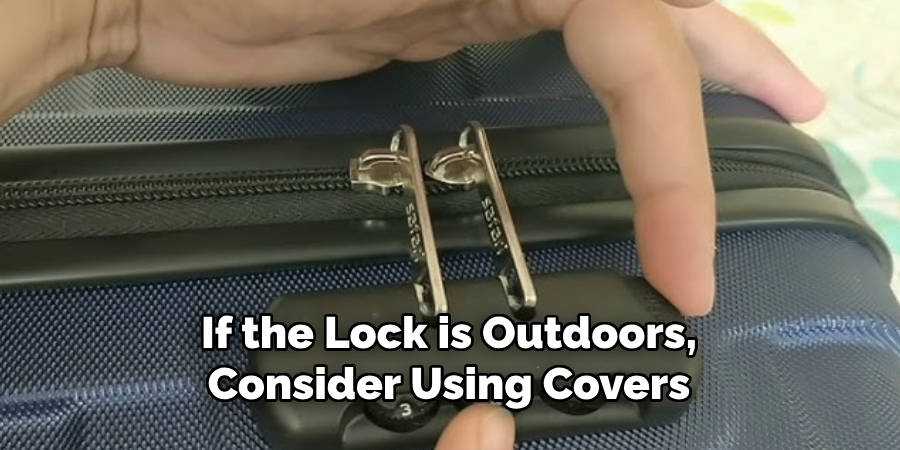
Troubleshooting Common BEIS Lock Problems
Lock Won’t Open
If your BEIS lock won’t open, start by ensuring you are using the correct key or combination. Gently clean the keyhole or mechanism to remove debris blocking it. If the lock seems stuck, apply a small amount of lubricant and allow it to sit for a few minutes before trying again.
Avoid using excessive force, as this can worsen the issue. If these steps don’t work, double-check the lock components’ alignment; if the problem persists, it may be time to call a locksmith.
Reset Function Not Working
When your BEIS lock’s reset function doesn’t respond, ensure you follow the instructions carefully. If the reset button or dial is jammed, inspect it for dirt or residue and clean it gently.
Some reset failures may be caused by mechanical wear or damage, so inspect the internal parts if you can safely do so. If the lock still fails to reset, consulting the manufacturer’s manual or customer support can help find a solution.
Key or Combination Issues
If your key breaks inside the lock, use needle-nose pliers or tweezers to remove the broken piece gently. Applying a lubricant can help loosen it for easier extraction. For forgotten combinations, check for any record where you may have stored or noted it.
If unavailable, contact BEIS customer service to determine if they can help retrieve or reset the combination based on your lock’s serial number. For persistent issues, replace the lock if needed to ensure security.
Security Best Practices
Choosing Strong Combinations
When setting up a new lock, it’s crucial to use a strong and unique combination that is difficult to guess. Avoid using obvious codes such as birth dates, consecutive numbers like “1234,” or repetitive digits like “0000.”
Instead, opt for a random sequence of numbers that holds no personal significance and is not easily predictable. Using a well-thought-out combination significantly reduces the likelihood of unauthorized access.
Changing Codes Regularly
Resetting your combination periodically is an essential step to maintain the security of your belongings. Over time, combinations may inadvertently become known to others or forgotten by you, leading to potential vulnerabilities.
Aim to change your lock’s code every six months or sooner if you suspect your current combination has been compromised. Regular updates help reinforce the safety of your items and provide peace of mind.
Using Additional Security Measures
While the BEIS lock offers a reliable layer of protection, combining it with additional security measures can further enhance safety. Use tamper-proof luggage straps or GPS tracking devices for more comprehensive protection, especially during travel. Additionally, staying vigilant and safeguarding your lock’s code remain important habits that complement these measures.
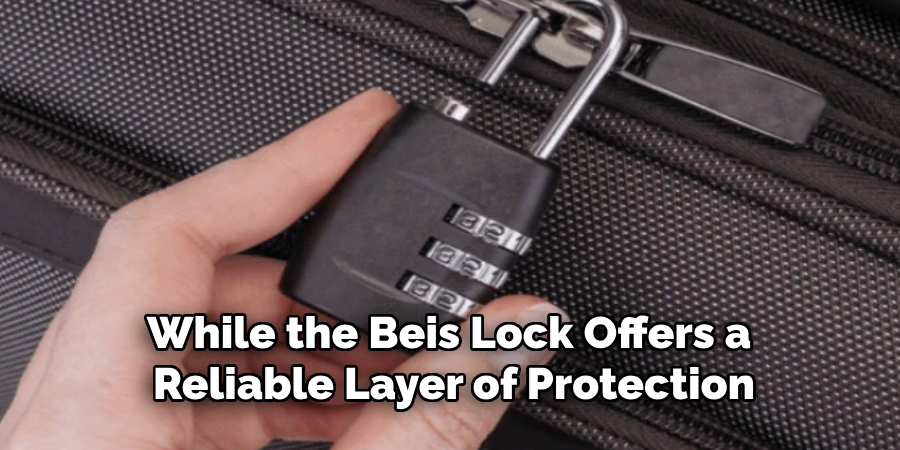
Conclusion
Correctly setting and maintaining a BEIS lock is crucial for ensuring the safety and security of your belongings. By following the detailed steps on how to set BEIS lock, travelers can enjoy peace of mind, knowing their items are secure even during the busiest journeys. A properly set lock deters theft and enhances convenience, as it allows easy access when needed without compromising security.
To achieve optimal protection, it’s essential to follow the setup instructions carefully and double-check the combination you choose. Additionally, keeping a record of your lock’s code or backup keys in a secure location is a smart precaution to avoid any potential inconvenience.
Combining these practices with other security measures, such as tamper-proof straps or tracking devices, allows you to travel confidently knowing your possessions are well-protected and accessible when required.

